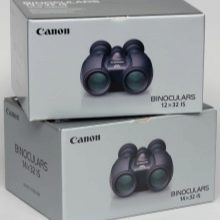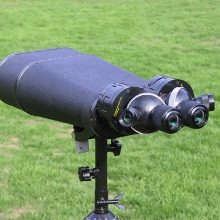All about the magnification of binoculars
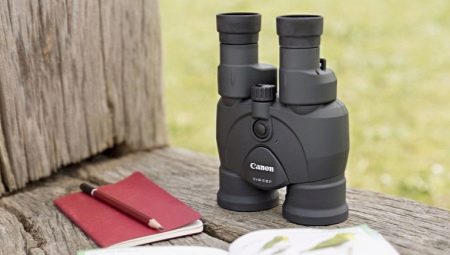
The modern market offers an impressive range of binoculars - they can be found both in specialized stores and on the pages of shopping Internet sites. However, with such a wide variety, it becomes difficult to choose the right product, because for each situation it is necessary to select an optical device individually.
The complex structure of the device, its main characteristics and technical nuances create a lot of difficulties when buying a product for the first time. In this article, we will consider the most important characteristic when choosing binoculars - its magnification.
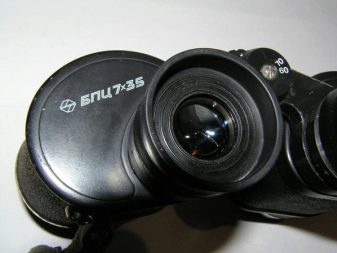

What it is?
The magnification factor in any optical device is the most significant characteristic, which determines how far it is possible to enlarge distant objects through the lens. The multiplicity is indicated by a number indicating the decrease in the distance from the observer to the object at the moment of maximum optical approximation. For example, if the magnification is 7 times, then the closest approach of the binoculars will reduce the distance from the observer to the object by 7 times. This means that a person will be able to view an object as if it is seven times closer to it than it really is.
There is a wide variation in this parameter, for example, 6 or 20, but this characteristic must be chosen carefully. Before purchasing an optical device, determine the purpose and circumstances of its use. It is important to know that the maximum multiplicity parameter for hand-held observation is 7-10 times. Most often, binoculars marked 6-8 times are used for field use, sightseeing or visiting public events.
Using the apparatus with a magnification level of more than 10 becomes difficult - with a large approach, the slightest tremor of the hands or a light wind will interfere with focusing on the object.

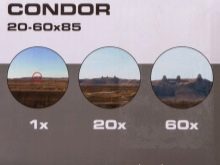
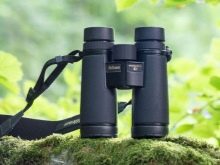
Binoculars made with a high magnification level (starting from 15x and higher) are always sold in a set with a special tripod. The unit is attached to a stand for a stable position and comfortable use. Starting from the mark of maximum approximation 10-12 times, it becomes difficult to hold the device in the hands for a long time due to the large weight, so sometimes special tripods are also created for them. Optical devices with high magnification are also called binoculars - they are used for astronomical observations.
Professional binoculars are made with the ability to adjust the zoom - this is also called pancratic. Such an optical device allows you to manually increase and decrease the magnification in the same way as with camera lenses. Pancratic binoculars are much more expensive than conventional devices, but they are much more convenient to use.
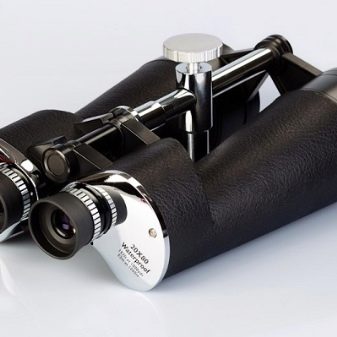
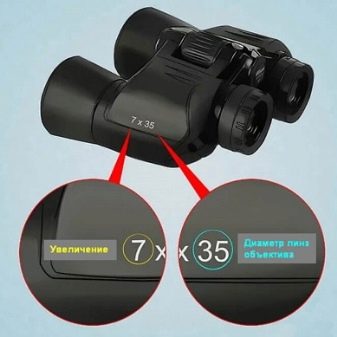
How to determine?
In specialized stores, technical features are simplified as much as possible to help customers with a choice. For convenience, binoculars are divided into several types, differing in magnification:
- low magnification device - from 2 to 4 times;
- medium magnification device - from 5 to 10 times;
- high magnification device - from 11 to 22 times.
All these approximate values are rather vague about the characteristics of the optics, so it is necessary to understand in more detail how to determine the parameters of binoculars. There are two main methods: according to the indicated numbers and using physical measurements of parts. Let's take a closer look at each method.
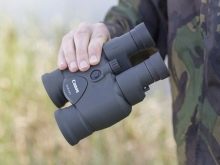
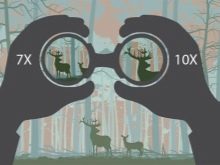

The first way is to decipher the numbers provided by the manufacturer. You can find out the maximum possible approximation of an optical device by marking - using the indicated numbers, you will determine the maximum multiplicity of the device, as well as one more important characteristic. Usually, the markings are applied to the case of binoculars, but there are always two numbers, for example, 10x40. The first number denotes the multiplicity, the decoding of the second - the diameter of the front lens in millimeters. In most cases, the marking matches the actual magnification of the optical instrument, but when the smallest details are important to the observer, even a small deviation can become unacceptable.
In this case, you cannot rely on the indicated numbers, especially if you are considering inexpensive equipment with an average or high magnification level. For a more accurate determination of the characteristics of binoculars, you will need a different method of checking the magnification. The second method helps to independently calculate the characteristics of the product, without relying on the numbers indicated by the manufacturer. A practical method of measuring magnification is used to calculate the exact magnification level of a particular optical apparatus.
To check if the actual technical elements match the markings, the size of the optical parts of the device is determined.
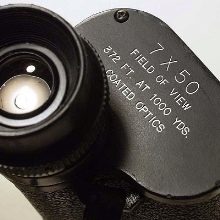
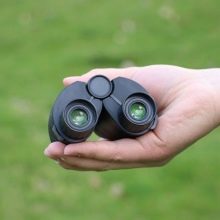
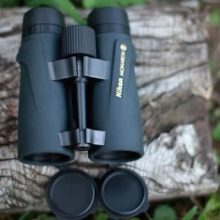
We propose to consider the step-by-step instructions for measuring the multiplicity.
- First, you need to see the exit pupils of the binoculars, which are located where the observer puts the device to the eyes (eyepieces). To do this, aim the machine at something light, such as a white wall or sheet of paper.
- Further, from a distance of 35-40 cm, look at the eyepieces - you will see small light circles, which are the exit pupils.
- To calculate the magnification, it is necessary to measure the diameter of the exit pupils as accurately as possible. The most accurate answer will be given by measuring with a caliper, however, it is allowed to use graph paper or an ordinary school ruler with millimeter markings.
- After measuring the entrance pupil, use the same instrument to measure the diameter of the front lens.
- Then divide the diameter of the front lens by the diameter of the entrance pupil - the result of calculations will show the exact magnification of the binoculars.
In the process of measuring the details of the device, you not only check the correspondence of the real level of magnification with the applied markings, but also specify the size of the front lens, which is also indicated on the case.
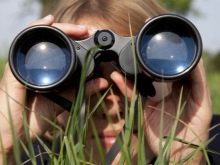
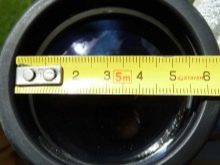
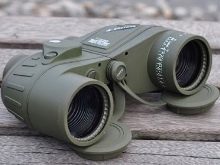
Which one is better to choose?
For each situation, binoculars must be selected individually so that the level of approximation corresponds to the needs of the observer. It will be easier to make the right choice if you familiarize yourself in detail with each type of apparatus in advance.
- Small approximation. An optical device with a magnification of less than 5 is used as a fake object for performances. Products with such characteristics are of low cost, so they are often purchased as a children's toy. With a device with a low degree of magnification, you can observe what is happening within a radius of 50 meters from the user. Binoculars can be taken with you to the theater or to a music concert in order to better see the stage and the actors' play.
- Average approximation. A magnification level of 5x to 10x is the optimum performance for most users. Medium-zoom binoculars are popular with hikers, fishermen and hunters. A tenfold magnification is the maximum performance for binoculars that can be comfortably used without a stand. The field of view is 1 kilometer, so the device is suitable for observing landscapes and searching for moving objects.
- Large approximation. Optical instruments with a magnification greater than ten must be mounted on a tripod for comfortable use. Binoculars with an approximation level of 22x are the largest, most powerful installation that allows you to study in detail the features of the lunar surface.
